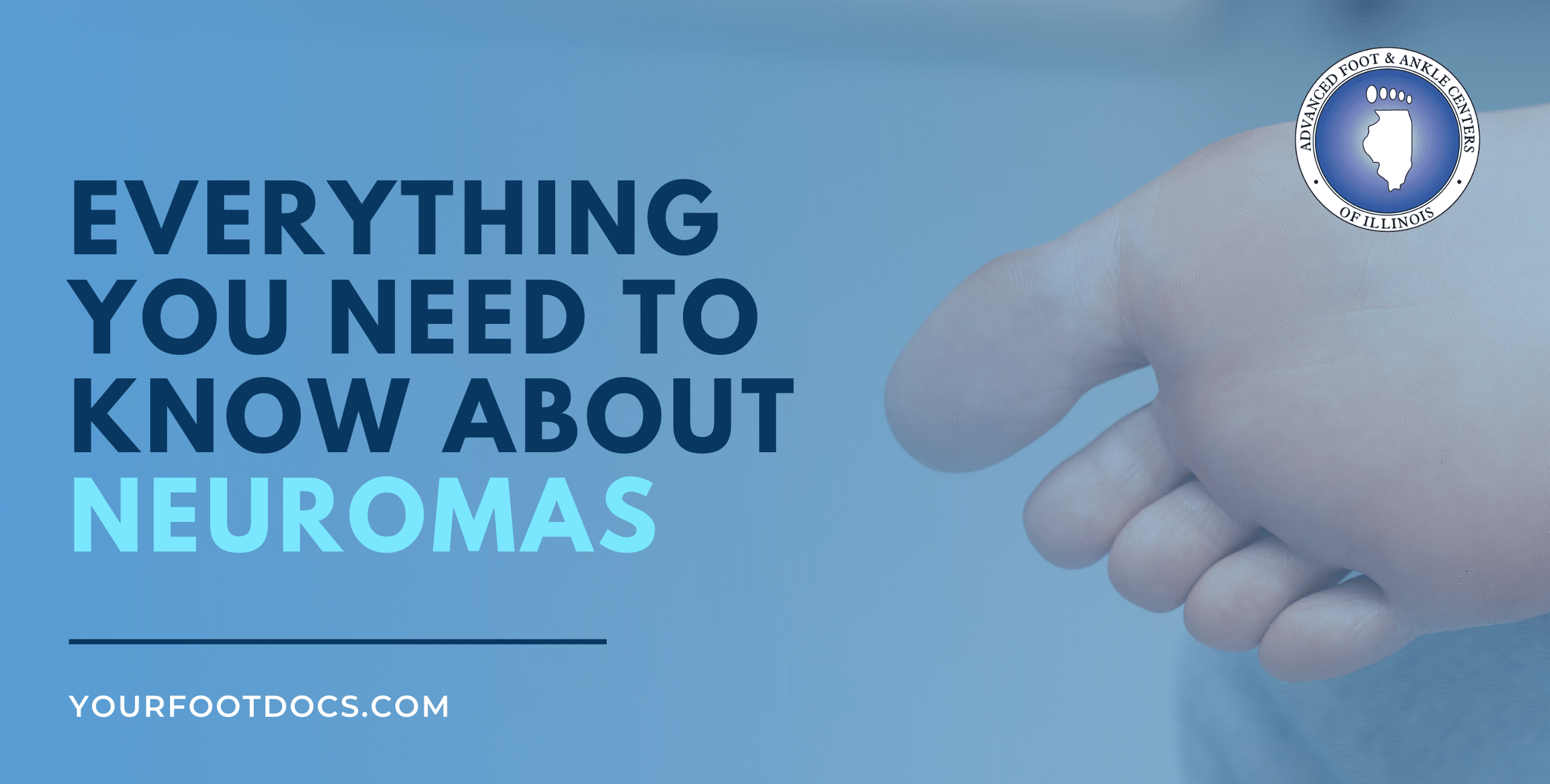Everything You Need to Know About Neuromas
Saxophone, Braille, Wellingtons, sandwich – what do they have in common?
They are all named after someone!
Indeed, labeling things is a necessary element of communication, and a popular way of doing this is to name them after people. In similar fashion, medical issues are also often named after individuals – usually the person who discovered the problem.
A good example of this is Morton’s neuroma. This particular condition was initially identified by Dr. Thomas Morton. In 1876, Dr. Morton became the first known person to describe the condition, which consequentially gave him the distinction of having it named after him.
But what exactly is a neuroma? That’s what we are here to discuss! So without further ado, let’s switch gears from history to biology.
What is Morton’s Neuroma?
Simply put, a neuroma is a condition that causes nerves to thicken or enlarge, often as the result of irritation and compression. This can create such symptoms as burning, tingling, and sharp pain. In some cases, a neuroma can also lead to phantom sensations, like a nonexistent “pebble” in a shoe. Yet, at other times, neuromas may result in complete numbness.
This painful problem can develop in several different areas of the foot, but a Morton’s neuroma usually happens between the third and fourth metatarsals. (Though in some instances, the nerve between the second and third metatarsals can also be affected.) Either way, this condition can easily keep you from being active – whether that means participating in favorite sports or simply getting through the workday without pain.
That’s why it’s important that you seek professional treatment as soon as you start experiencing neuroma symptoms. The earlier you properly address the problem, the better your chances will be of reversing the damage done to the nerves in question.
What are the Symptoms?
When it comes to recognizing neuroma symptoms, many people often search for a lump accompanying the feeling of walking on a marble, or pebble. However, there’s usually no obvious visual sign of neuroma you can detect yourself. Instead, you’ll likely experience symptoms such as:
- Stinging pain that radiates throughout the toes
- Tingling or numbing sensations
- “Clicking” in the bones of the foot during activity.
At Advanced Foot & Ankle Centers of Illinois, we use state-of-the-art imaging diagnostic tools in order to view the full extent of the condition. Neuromas can often present symptoms that are similar to other nerve conditions, and the only way to get an accurate diagnosis is to get a professional evaluation – something which we would be happy to help you with!
What are the Causes of Morton’s Neuroma?
Morton’s neuroma is often the result of excessive pressure being placed upon the nerve tissue in the foot. The irritation resulting from this pressure causes the tissue around the nerve to thicken and inflammation to occur.
This excessive pressure is usually the result of the following causes:
- Foot deformities. Morton’s neuroma can develop from foot conditions such as a bunion, hammertoe, high arch, or flat foot. These foot deformities may cause an imbalance in weight distribution across the foot, placing undue pressure on the forefoot.
- Ill-fitting footwear. Tight shoes with a small toe box are often found to be the reason for this condition. The shoe can pinch the nerve, causing extreme pain and discomfort.
- Sports activities. High-impact activities that include running and jumping have been known to bring about this problem.
- Anything from sports injuries to auto accidents may cause nerves to become compressed, pinched, or completely severed.
- Sometimes, nerves are accidently cut during surgical procedures or scar tissue may form around nerves during healing.
But there is good news:
Treating this painful condition can be easier than you might think!
What are the Treatment Options?
As ill-fitting footwear is the most common cause of Morton’s neuroma, purchasing properly fitting shoes is the first priority in treatment. When searching for a good pair of shoes, a wide toe box with plenty of room for the toes to wiggle is necessary to relieve the pressure placed upon the foot. We will also recommend avoiding shoes with heels higher than two inches, as these types of footwear place undue pressure on the forefoot.
However, if a simple change in footwear doesn’t solve the problem, the next step might be custom orthotics with a specially placed metatarsal pad. These versatile medical devices are made to fit your unique foot shape, and are used to unburden the feet and offload weight.
To relieve pain and swelling caused by a neuroma, we may also recommend anti-inflammatory medications like Advil or Aleve. Massaging the area with ice has also been known to soothe the pain.
You should keep in mind that it’s important to allow the feet some time to heal. In order to do so, you will likely have to discontinue any activity that led to the neuroma in the first place – high-impact activities such as jogging, exercise, and dancing will need to be avoided for a few weeks. (And if you simply must stay active in the meantime, opting for low-impact exercises like swimming is a great option!)
Though our office has had great success in treating this condition conservatively, in rare cases, surgical intervention may be necessary. During surgery, pressure can be taken off of the nerve by loosening surrounding ligaments. If all other treatments have failed, the nerve can also be removed to provide pain relief.
The bottom line is there’s no need to keep suffering with daily aches and pains in your feet – our team of experts can help you get back to a pain-free lifestyle in no time! Schedule an appointment at one of our seven convenient office locations today.

